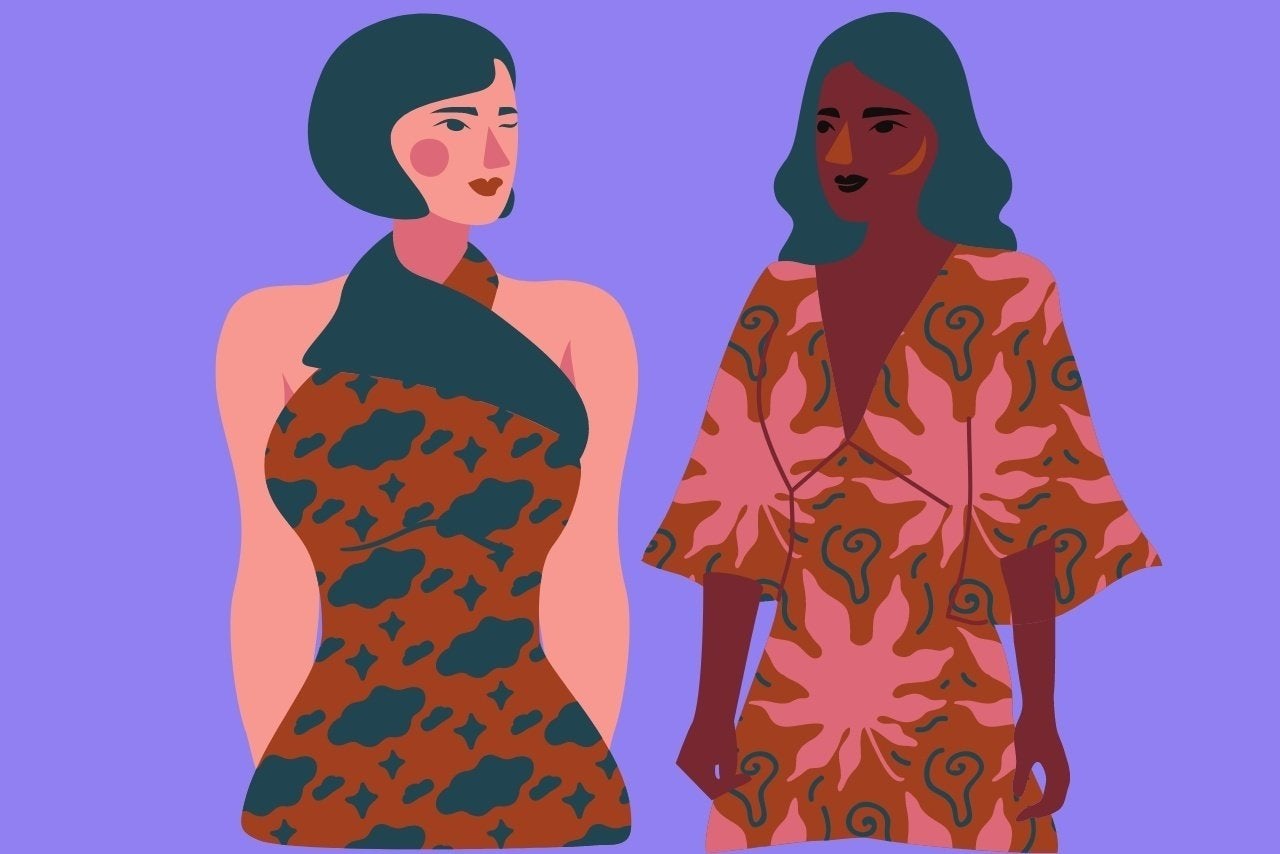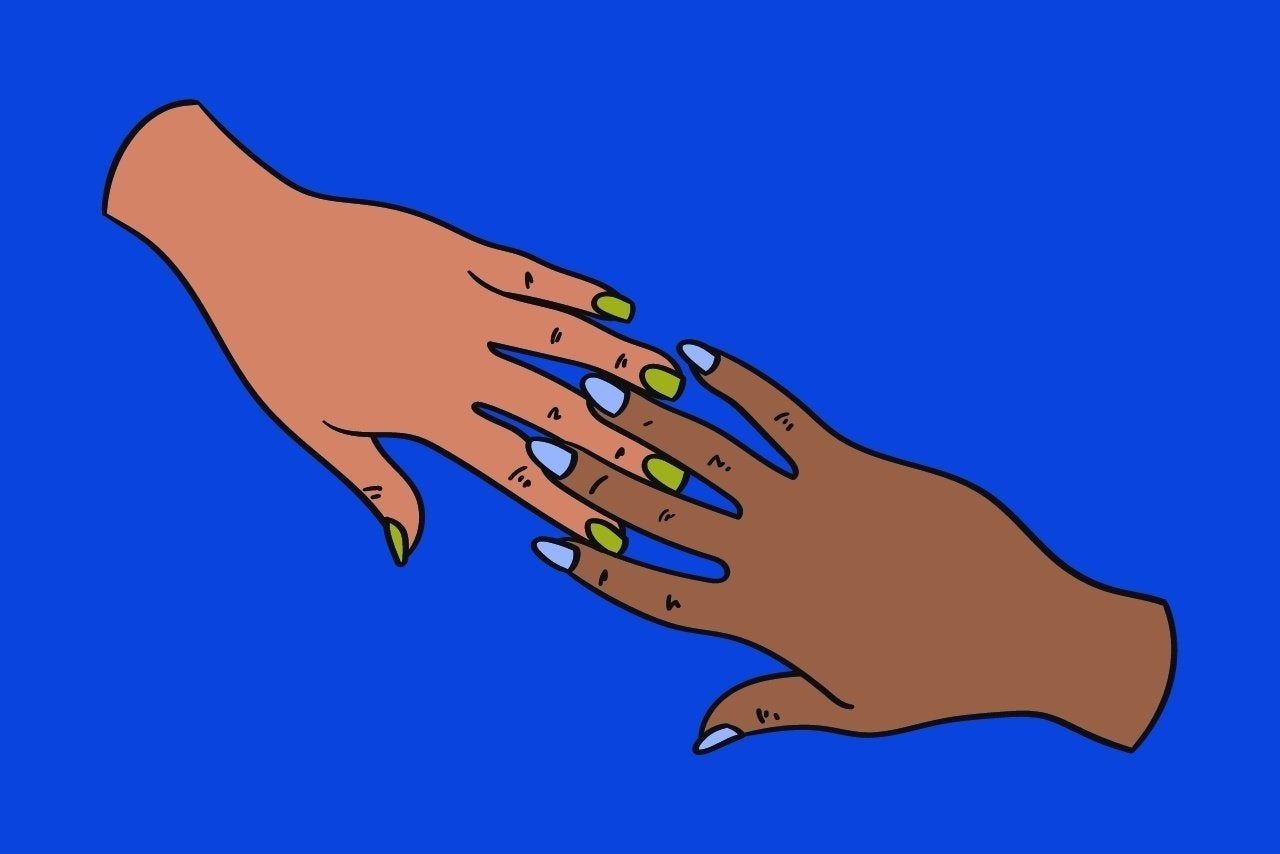The media develops a fundamental role in our relationship with our own body. Have you ever stopped to think about the real reason you want to change your body? What makes us look for beauty salons, gyms and beauty clinics? Why do we have so much difficulty in enjoying the reflection we see in the mirror the way it is, without criticizing possible defects, such as cellulitis, pimples, folds, stains, etc? Why don’t we consider certain details of our body as beautiful? And what is beauty based on? There are so many questions, but it is from them that we learn to look at our bodies with love.
The Body Positive Movement, emerged in 1996, in the USA, through the joining other popular movements of the time that were debating about the image and representation of bodies by the media. The movement has the main objective to improve the person’s relationship with his body, making the person see the positive points of his body. The supporters believe that when we stop this incessant search to eliminate the negative points and the factors that we see as less attractive in our bodies we can acquire an improvement in the quality of life, both physically and psychological.
At first, the term body positive was often associated with fat people, fat phobia and fat shaming, but with time and the increase in fights for greater representation in all social spheres, the term has come to be highlighted in other groups. Once the body positive movement expanded and started to be adopted even by thin people, controversial confrontations began among the very people who called themselves body positive.

The big question of the body positive now is who can and who can’t be considered an activist and supporter of the movement. Those who promote this debate argue that thin people have always been accepted and adequately represented in society, therefore, they have no legitimacy to participate in the struggle in the role of protagonists, since their physical type has always been considered accepted. However, we cannot leave aside the influence of the pattern of beauty, which is not just about being thin.The considered beauty that we see on the catwalks of the brands, like Victoria’s Secret, are bodies extremely distant from the reality, even in thin people who also long for this unreachable pattern, often putting their lives at risk and even developing eating disorders such as bulimia and anorexia.
Another question that we find in the midst of discussions is the situation in which people who for some personal reason decide to lose weight are placed. In the documentary, The Complicated World of Body Positive, available on YouTube, the personal trainer and digital influence, Cassey Ho, who until then was considered a symbol of the movement, reports the attacks he suffered when he announced his 90-days journey to lose weight, “Well, I announced some numerical goals for my weight and my body fat, it was like the entire world burst into flames”. All of a sudden I was called antibody positive, too skinny to lose weight, a promoter of eating disorders and embarrassment to women […]”. In other words, for the more conservative of the body positive cause, any change related to the body can be considered a movement that helps in the dissemination of the aesthetic pattern.

With the help of social networks, the subject has become universal,the body positive has caused strong manifestations in the media and even in the fashion industry. Singer Rihanna revolutionized the fashion industry with her brand of lingerie. Also in 2019, the businesswoman launched her brand ‘Fenty x Savage’ and promoted a parade with an explosion of diversity, the parade included people from the LGBTQ+ community, black, fat, Asian models and even a pregnant model, currently, Fenty x Savage, is considered the largest representative of positive body in the industry.
What makes Fenty x Savage and so many other brands and people, like Lizzo, Megan Trainor and Demi Lovato, symbols of the Body Positive cause is the diversity, the rescue of the initial values of the movement, not limited to being an idea absorbed only by a group of people, after all, the relationship we have with our body is very special and unique not forgetting that the cause of the movement is about our own acceptance.
Only you know the relationship you have with your body and only you have the power to change it. Love yourself, girl!
——————————————————————
The article above was edited by Laura Silveira.
Liked this type of content? Check Her Campus Casper Libero home page for more!


